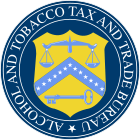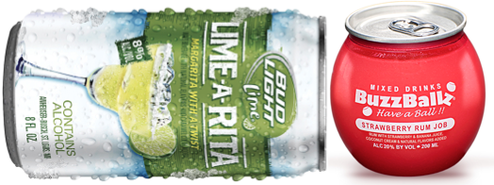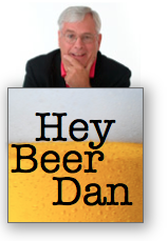 "Z-z-z-z-z-z-z-z."
"Z-z-z-z-z-z-z-z." The gatekeeper for alcohol-beverage ads and related promotional materials, including labels, is the federal government's Alcohol & Tobacco Tax and Trade Bureau (TTB). It used to be that gaining TTB (or its predecessor agency's) approval for alcohol-beverage ads meant meeting pretty strict, carefully laid out guidelines. But something seems to have changed.
Last year, Slate.com castigated sexist craft-beer names--"Raging Bitch" and "Panty Dropper," for example--that would never have passed muster with federal regulators in the past. Similarly, two years back we called out a host of questionable craft-beer labels.
Alcohol-effect advertising
Labels are one thing, television ads for alcohol are quite another. High on the list (no pun intended) of restrictions on alcohol-beverage advertising was a total ban on glamorizing "alcohol-effect." However appealing and effective it might be as a marketing gambit to entice new drinkers--especially young new drinkers--brands were banned from overtly celebrating the effects of alcohol-content on television.
Until now.
Let's say a brand is out to reel in those new drinkers, what effects of alcohol might it try dramatizing? What about the buzz-y sensation that you've suddenly become a much better dancer? What about replacing reality with seeing things in bright and vibrant colors? What about hallucinations like statues appearing to come to life? What about experiencing a tranquil gathering descend into "bustin' loose?"
Every one of these can be an alcohol-effect.
So, what about an alcohol ad that celebrates every one of these altered states, occasioned by the pop of a top, and a pour over ice?
Lime-a-Rita's inspiration?
Indeed, it could be argued that the Bud Light marketing brain trust "went to school" on a smaller, but no less determined an alcohol marketer. See if you can spot any "bustin' loose" alcohol-effect selling going on in this long-form ad.
Heck, it'd be almost impossible not to.
But should they be selling alcohol-effect at all?




 RSS Feed
RSS Feed
